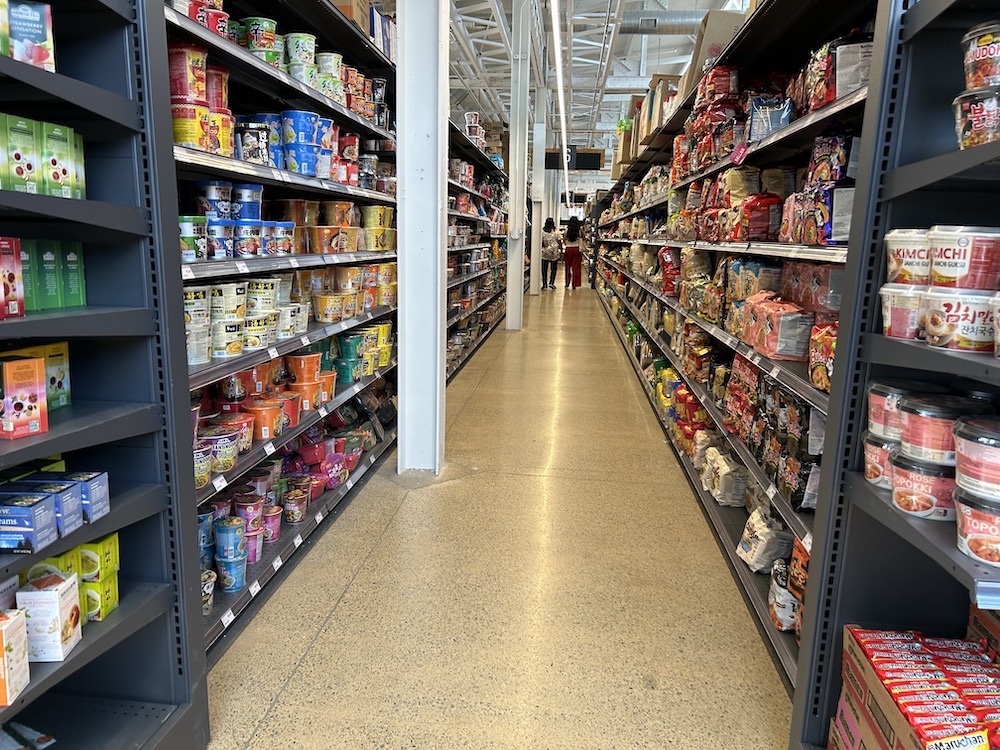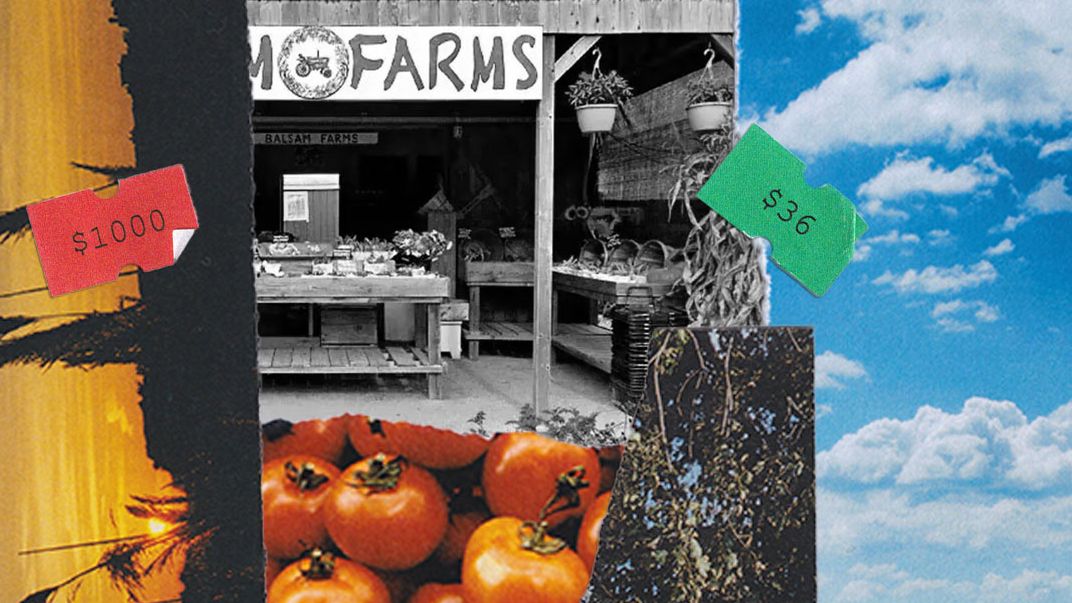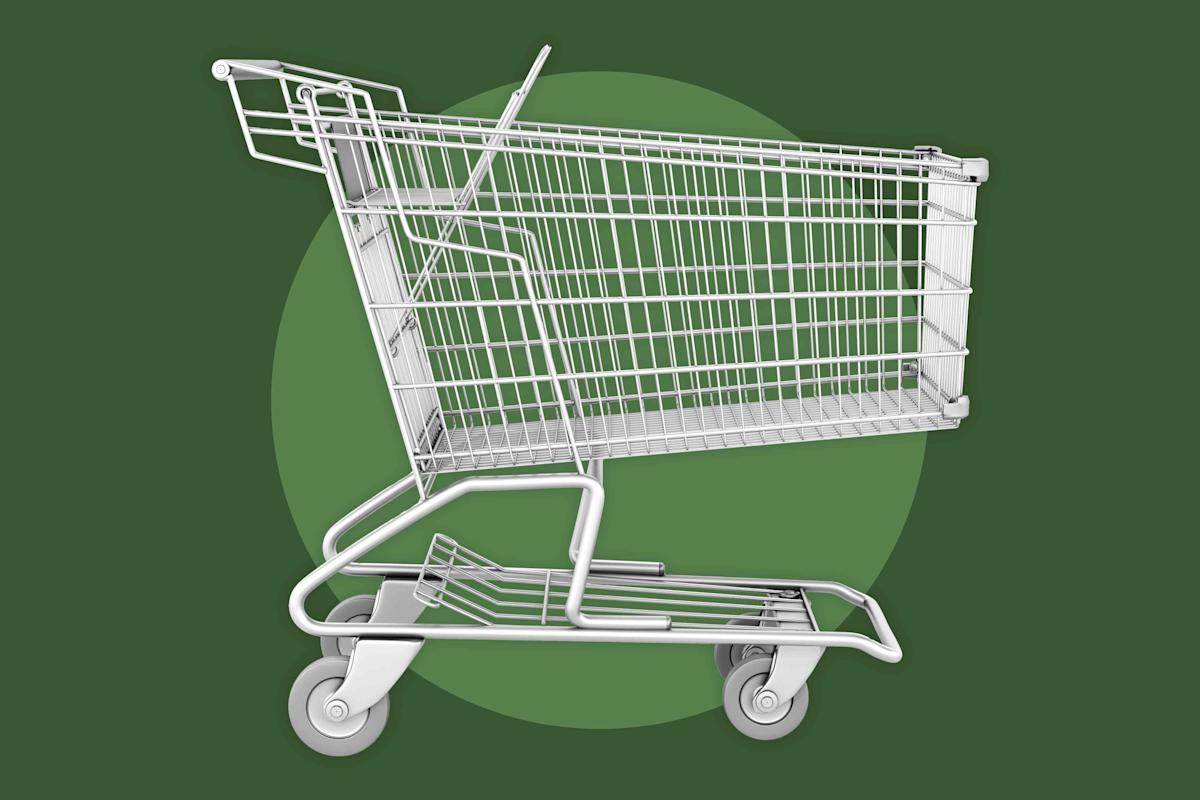Summary
If Mamdani is able to pull this offa huge if, given the economic considerations, as critics are quick to point outit will be the first time in American history that a city of New Yorks size has commanded its own grocery stores.
Source: The Atlantic on MSN.com

AI News Q&A (Free Content)
Q1: What are the potential benefits of New York City's proposed city-run grocery stores in underserved areas?
A1: The proposed city-run grocery stores aim to address food insecurity by providing affordable groceries to neighborhoods where more than 30% of residents are food insecure. These stores could also maintain broader political support by drawing customers from diverse income backgrounds and offsetting losses from lower-performing stores. Additionally, this initiative is expected to provide fresh food choices to 300,000 New Yorkers in underserved communities through the Food Retail Expansion to Support Health (FRESH) program.
Q2: How does the FRESH program support the development of grocery stores in New York City?
A2: The FRESH program provides zoning and financial incentives for the establishment and retention of grocery stores in New York City. Since its inception in 2009, FRESH has facilitated the opening of 30 stores accessible to 1.2 million underserved New Yorkers. The program continues to expand, with 21 additional stores in development, aiming to offer fresh food options to even more residents in historically underserved areas.
Q3: What challenges do small business owners face with the introduction of city-run grocery stores in NYC?
A3: Small business owners, such as bodega operators, express concerns that government-run stores could undercut their prices, drawing away customers who rely on government-financed food stamps. These privately-run stores face the burden of taxes and rent, which city-run stores may not, leading to fears of unfair competition that could threaten their business viability.
Q4: What insights do recent scholarly articles provide about equitable access to grocery stores during disasters?
A4: A study on Hurricane Harvey's impact revealed that access to grocery stores was not evenly distributed among residents, particularly affecting socially vulnerable populations. High-income areas had better access due to their ability to visit more stores and travel farther. This highlights the need for equitable resource allocation and infrastructure planning to ensure all community members have access to essential facilities during emergencies.
Q5: What innovative technology trends are emerging in the grocery sector according to recent conferences?
A5: Recent conferences like the National Retail Federation's showcase have highlighted technological advancements such as frying robots and customizable sauce dispensers. These innovations are part of a broader trend towards automating foodservice operations, aiming to increase efficiency and provide new customer experiences within the grocery sector.
Q6: How do urban planning strategies like walkability optimization impact grocery store access?
A6: Walkability optimization involves strategically placing amenities like grocery stores to enhance pedestrian access. A recent case study in Toronto demonstrated that adding just three grocery stores can significantly improve a neighborhood's WalkScore, reducing the average walking distance to amenities and fostering more pedestrian-friendly environments.
Q7: What is the economic rationale behind implementing city-run grocery stores in a metropolis like New York City?
A7: The economic rationale for city-run grocery stores includes reducing food deserts, supporting low-income areas with affordable food options, and leveraging government infrastructure to efficiently manage food distribution. The initiative also aims to stabilize grocery prices and create jobs, contributing to the local economy while addressing social equity concerns in food access.
References:
- Walkability Optimization: Formulations, Algorithms, and a Case Study of Toronto
- Characterizing Equitable Access to Grocery Stores During Disasters Using Location-based Data




